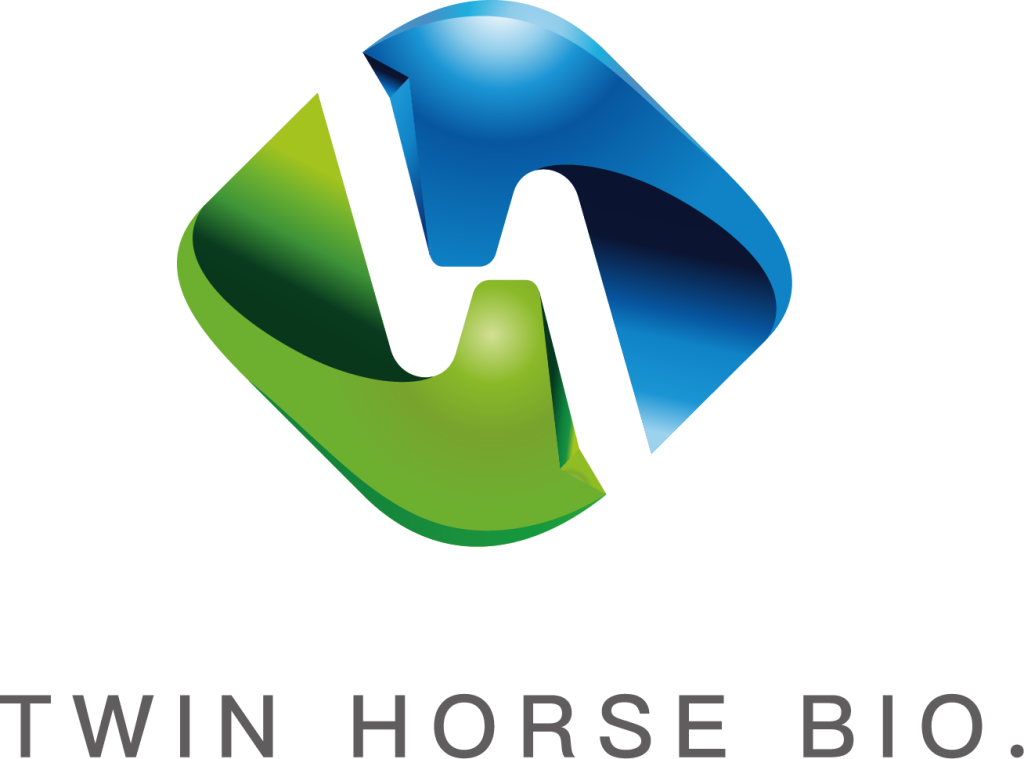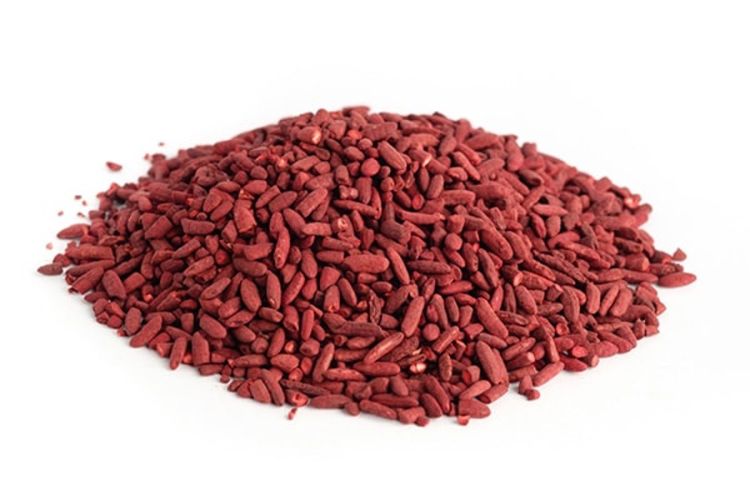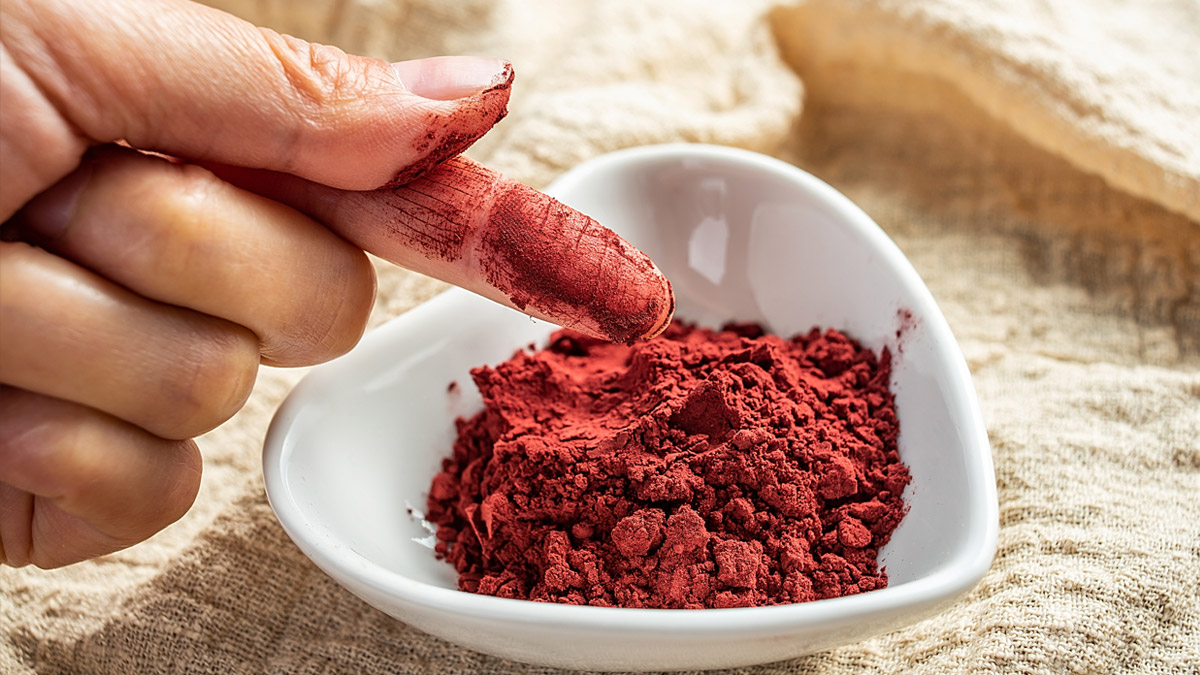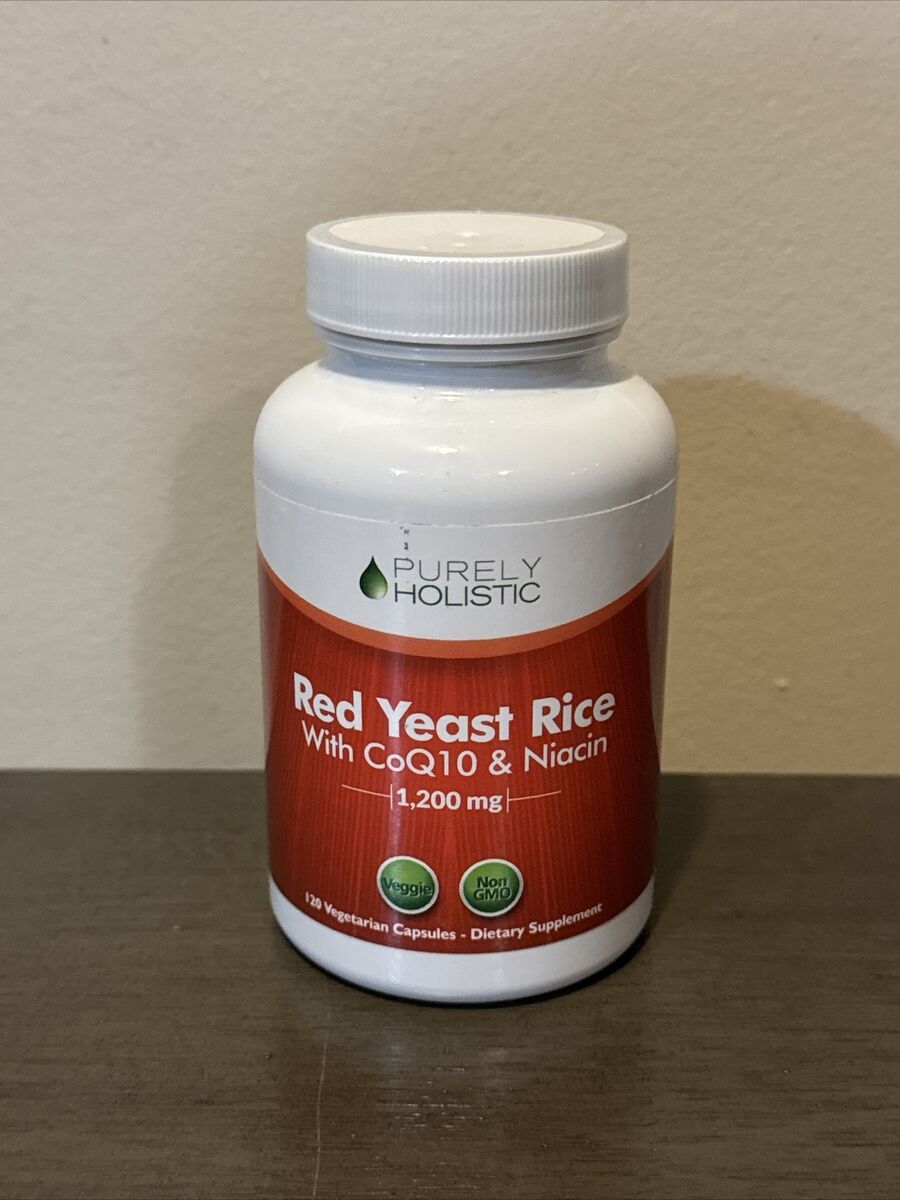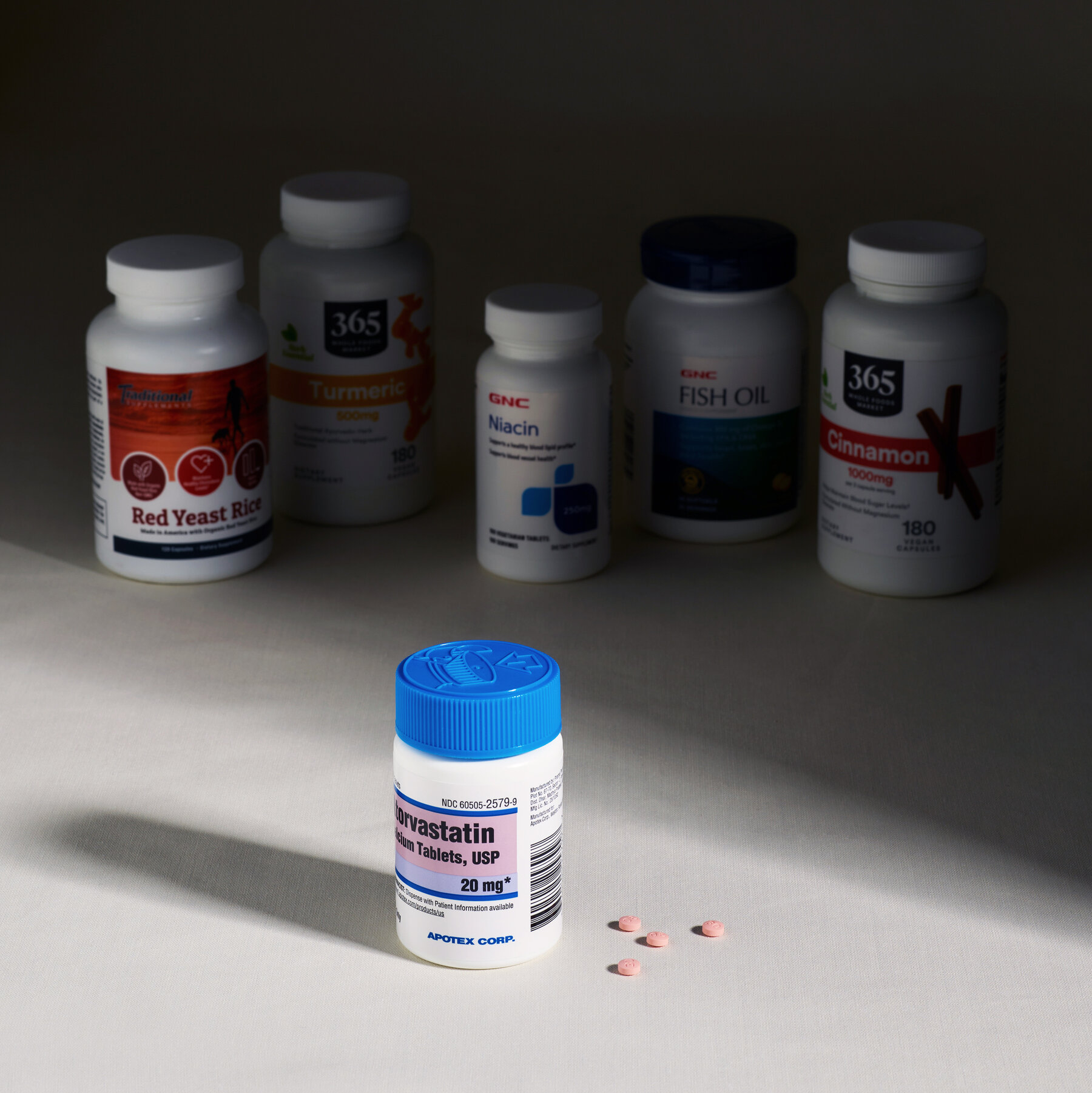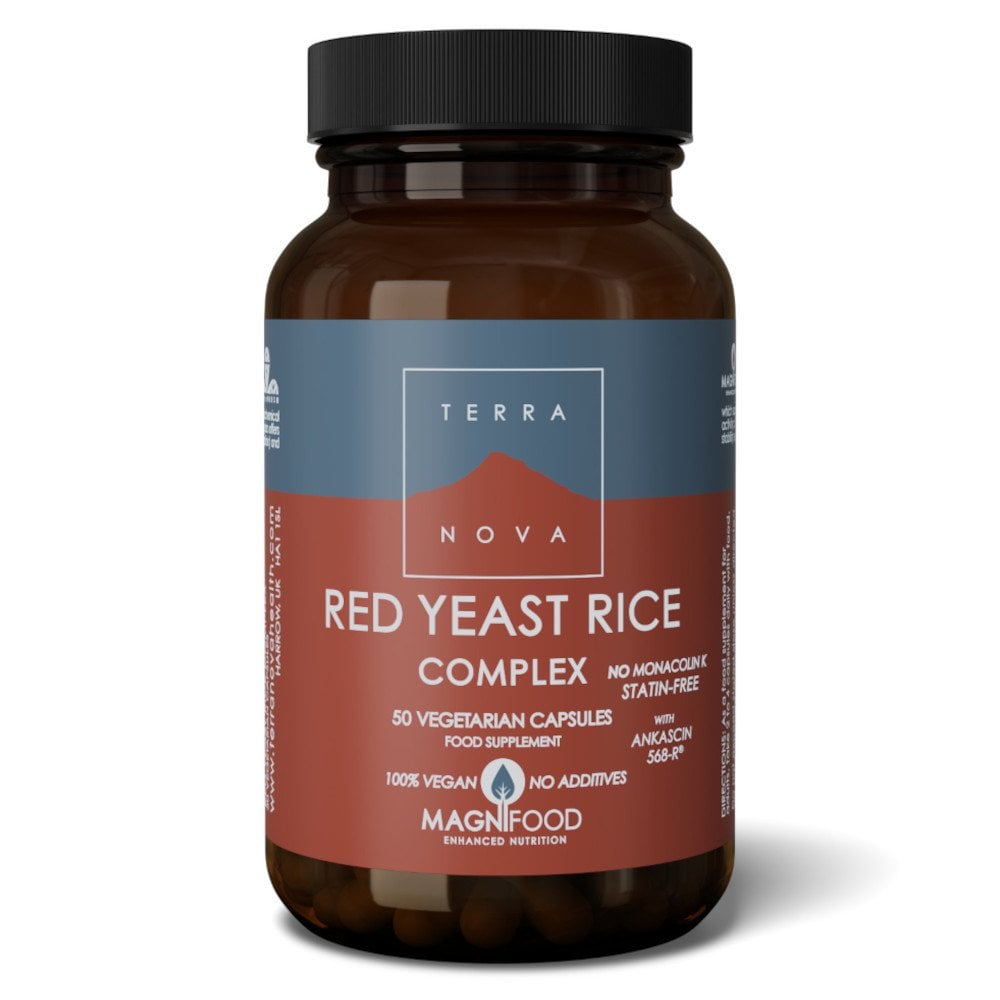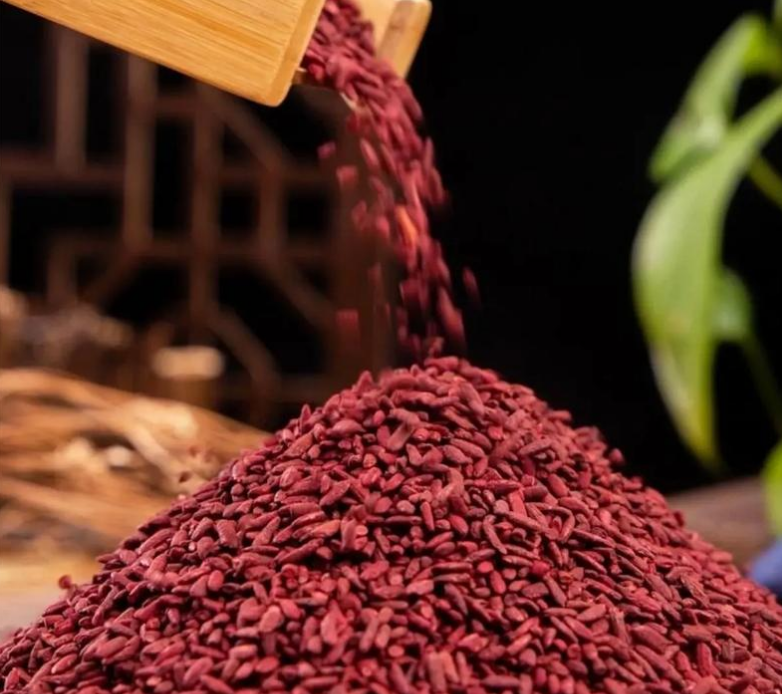Yes, you can take red yeast rice with niacin, but only under medical supervision. Studies show red yeast rice can lower LDL cholesterol by 20-30%, while niacin may reduce triglycerides by up to 25%. Monitor liver enzymes regularly, start with low doses, and report any muscle pain or flushing to your doctor.
Cholesterol Management
It has been reported that monacolin K in the compound red yeast rice has the ability to reduce LDL cholesterol by as much as 20-30%, with the doses of the substance taken at 1,200-2,400 mg per day, similar to lovastatin. Niacin has also been reported to increase HDL cholesterol between 15-35% while reducing triglycerides by as much as 20-25% daily dosages ranging from 500-2,000 mg.
One study of 187 people with high cholesterol, for example, found that red yeast rice lowered LDL cholesterol by an average of 27% over a 12-week period when combined with dietary changes. Add niacin to the mix, and HDL cholesterol levels rose an additional 20%, while triglycerides fell by 22%.
In general, a one-month supply of red yeast rice supplements runs between $20 and $30, while niacin supplements range from $10 to $20 per month, depending on the dosage and formulation. The combination could minimize the need for statins, which can be very expensive, up to $300 a month without insurance coverage. However, regular blood tests should be factored into the overall budget, averaging $50-100 per test, to make sure this combination is both safe and effective.
The general efficacy profile is good for red yeast rice and niacin, but liver enzymes should be monitored with both due to the potential of either to increase ALT and AST in a portion of users. Mild muscle pain from red yeast rice use is reported by 5-10% of users, and niacin induces flushing in 30-50% at higher doses. Lower starting doses of 600 mg of red yeast rice and 250 mg of niacin daily are advised, with a gradual increase under medical supervision to mitigate side effects.
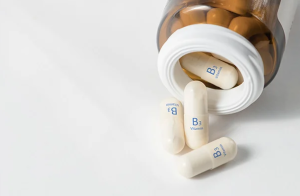
Natural Lipid-Lowering Combination
On doses of 1,200-2,400 mg a day of red yeast rice, LDL cholesterol is lowered by 20-30% after 8-12 weeks of therapy. Niacin augmentates this by increasing HDL cholesterol by 15-35% and further reducing triglycerides by 20-25%; dosing usually ranges between 500 to 2,000 mg daily.
One clinical trial of 156 patients with high cholesterol found that the use of red yeast rice alone resulted in a lowering of LDL cholesterol by an average of 25% in three months. Supplementing with niacin resulted in a further increase in HDL cholesterol of 22% and a reduction of 24% in triglyceride levels. Overall, this combination provided an improvement in lipid parameters not seen with either supplement used alone.
Just like statins, red yeast rice may cause muscle pain in around 5% of people using it, and niacin causes flushing in upwards of 50% at higher doses. Again, to minimize these, if present, it is often advisable to start low, such as 600 mg of red yeast rice with 250 mg of niacin, and gradually titrate up as tolerated. Regular monitoring, including, but not limited to: lipid panels every eight weeks and liver enzyme checks every three months.
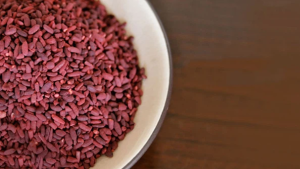
Enhanced HDL Levels
Niacin, or vitamin B3, is considered one of the most potent agents available for increasing HDL cholesterol, with increases in the range of 15% to 35% depending on the dose. Studies suggest that 1,000-2,000 mg of niacin daily can significantly improve HDL levels and should be a part of any lipid management strategy. Red yeast rice, further, reduces LDL cholesterol by 20-30% and offers a balanced lipid profile improvement.
A combination of 1,500 mg of niacin with 1,800 mg of red yeast rice per day was shown to increase HDL cholesterol by 25% in 200 patients with dyslipidemia over 12 weeks. In the same study, LDL cholesterol was reduced by an average of 28%, and triglycerides were lowered by 22%. The participants had better results with a diet that kept their sugar intake below 30 grams per day, thus indicating that lifestyle modifications help in enhancing the improvement.
While prescription medications to address HDL cholesterol, like fibrates, can be very expensive-$150 to $300 per month-niacin is relatively cheap at $10 to $20 monthly, and red yeast rice costs about $25 to $35. Regular blood tests, which cost $50-100, help make sure the supplements are working effectively and safely, but the overall expense remains significantly lower than pharmaceutical options.
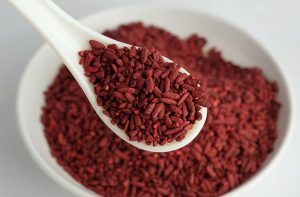
Improved Triglyceride Control
Niacin and red yeast rice work in tandem to improve triglyceride levels while helping to improve the overall lipid imbalance. Niacin, in dosages of 1,000-2,000 mg per day, has been found to reduce triglycerides by 20-25%. Red yeast rice works mainly on LDL cholesterol, but it contributes indirectly to improved overall lipid metabolism.
One placebo-controlled clinical trial of 250 individuals with elevated triglycerides demonstrated that niacin as an isolate reduced triglycerides by 23% after 12 weeks. In combination with 1,800 mg of red yeast rice, triglyceride reductions improved to 28%, while LDL cholesterol levels fell by 30%. It also pointed out that those participants who introduced dietary changes, such as consuming less than 10% of daily calories from saturated fats, noticed even greater improvements: triglycerides went down as much as 35%.
Prescription medications for triglycerides, such as omega-3 fatty acids, can cost $200-300 per month, while niacin and red yeast rice together typically cost $35-55 monthly. routine blood tests, priced at $50-100 per test, should be factored into the overall cost to ensure safe and effective treatment.
Reduced Risk of Plaque Formation
Niacin combined with red yeast rice has been found to reduce the risk of the arterial plaque formation-a common causative agent for atherosclerosis and heart diseases-miraculously. Active niacin decreases the amount of lipoprotein, a lipid particle associated with an increased plaque formation, by 20-30% with daily intakes of 1,000-2,000 mg. Red yeast rice, on the other hand, lowers the main contributor to plaque deposition-that is, LDL cholesterol-by 20-30% on its doses of 1,200-2,400 mg daily.
In a study of 180 subjects at high risk for atherosclerosis, red yeast rice lowered LDL cholesterol 25% over 12 weeks, while niacin decreased lipoprotein(a) 28% and triglycerides 22%. The combination produced a 35% reduction in carotid artery plaque thickness by ultrasound imaging. Individuals who received a diet rich in omega-3 fatty acids, derived from sources such as salmon and walnuts, showed an added improvement of 10% in arterial health.
Whereas prescription statins and treatments targeting lipoprotein(a) can run up to $300 a month, a combination of niacin and red yeast rice could run about $35-55 a month. Adding in regular imaging studies, such as carotid ultrasounds-which can run $200-300 per scan-can further raise costs but offer critical information about arterial health.
Gradual Dosage Adjustment
The starting dose for niacin is 250-500 mg daily, titrated upward over 4-8 weeks to the therapeutic dose of 1,000-2,000 mg. Red yeast rice should be initiated at 600 mg daily, with escalation to 1,200-2,400 mg as tolerated. Studies show that slow titration reduces common side effects, including niacin-induced flushing in 30-50% of users at higher doses.
In a clinical trial of 150 patients, significant reductions in side effects were seen when initiating niacin at a dose of 250 mg daily and increasing by only 250 mg every two weeks, with only 10% flushing compared to 40% in those who were initiated at much higher doses. In a similar fashion, individuals who started with 600 mg of red yeast rice and gradually increased the dosage over six weeks had a 28% reduction in LDL cholesterol with minimal complaints of muscle ache, less than 5% of users.
Starting with the lower doses has the added benefit of being less expensive. A one-month supply of niacin 500 mg is roughly $10 to $15, while red yeast rice 600 mg is around $20 to $25. It also avoids wastage in case a supplement is stopped because of side effects.
Regular Monitoring Ensures Safety
One of the most critical components of monitoring includes liver enzyme tests, as both niacin and red yeast rice can increase the levels of ALT and AST, indicative of potential liver stress. Studies indicate that 5-10% of users experience mild liver enzyme elevation when taking 1,500-2,000 mg of niacin daily, similar to those who use 1,200-2,400 mg of red yeast rice. Testing every 3-6 months is recommended for early detection.
In one study of 180, with regular testing every 8 weeks, LDL cholesterol was reduced by 30% and HDL cholesterol increased by 20%, as changes were made based on the test results. Those without regular testing had less significant improvements: only a 15-20% reduction in LDL. It also monitors rare serious adverse effects, such as rhabdomyolysis, which occurs in less than 1% of the users of red yeast rice at standard doses.
These run the gamut, with liver function tests and lipid panels costing $50-100 each, usually conducted quarterly, hence 200-400 dollars in total yearly costs. Again, this adds a large amount to the total of supplementation, which runs 35-55 dollars monthly, combined for niacin and red yeast rice. The importance of this investment for surety of safety and effective treatment is paramount.
